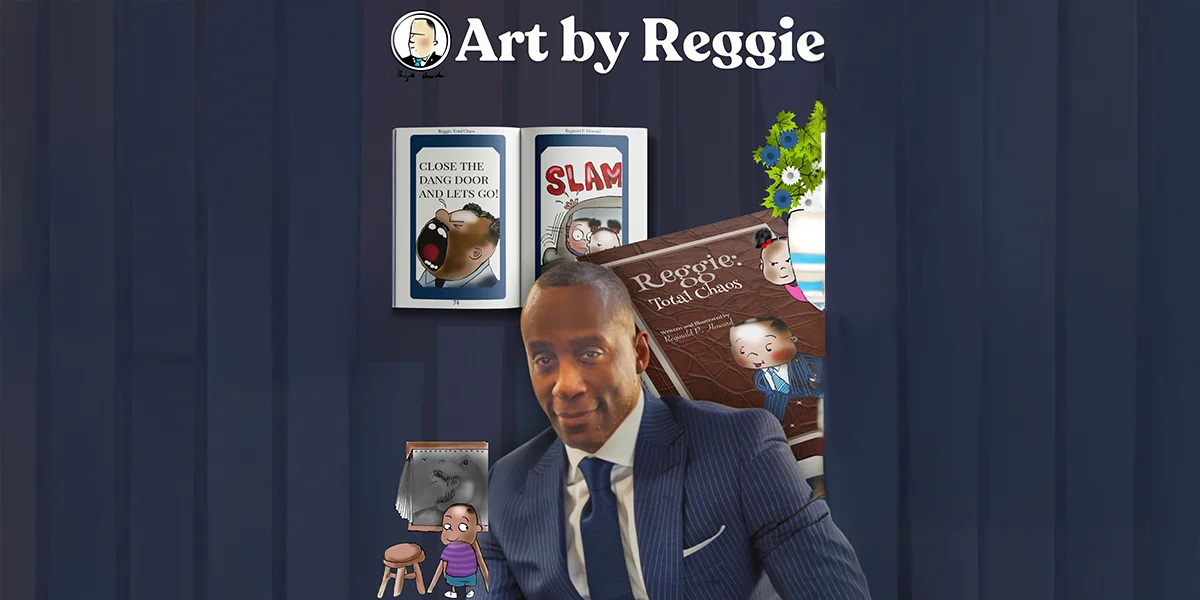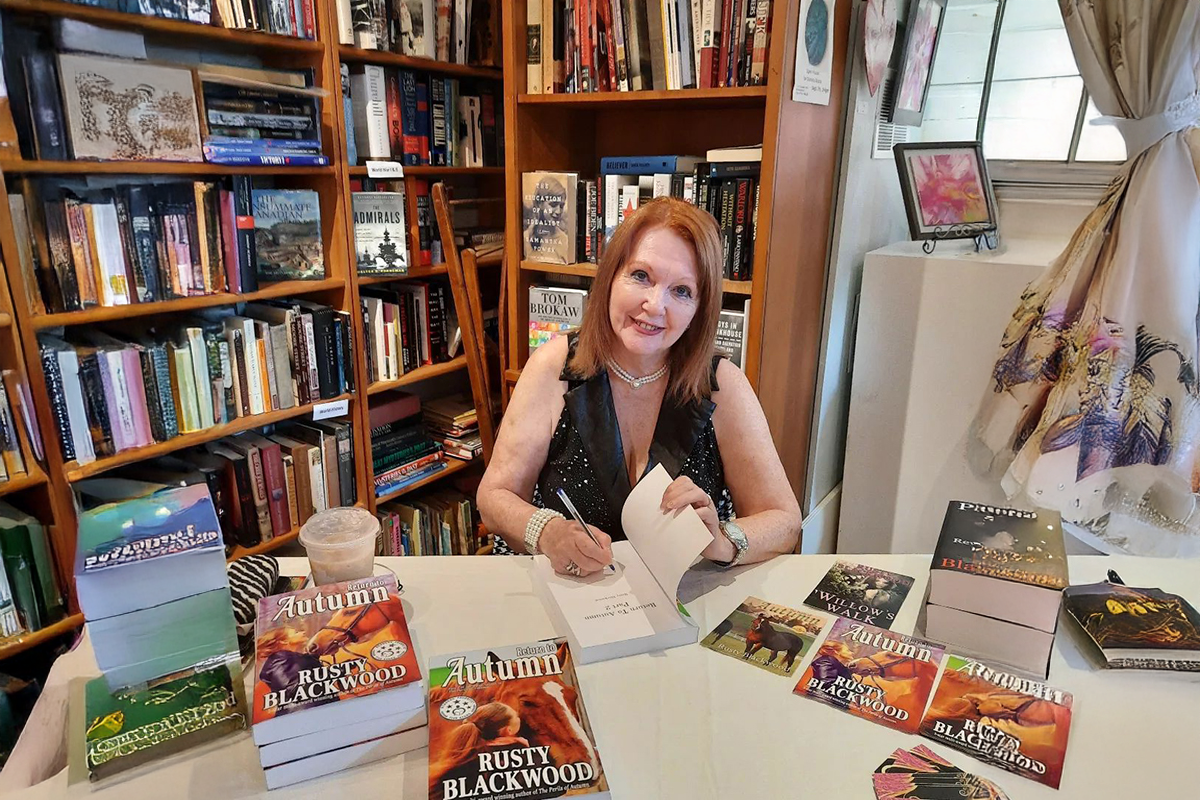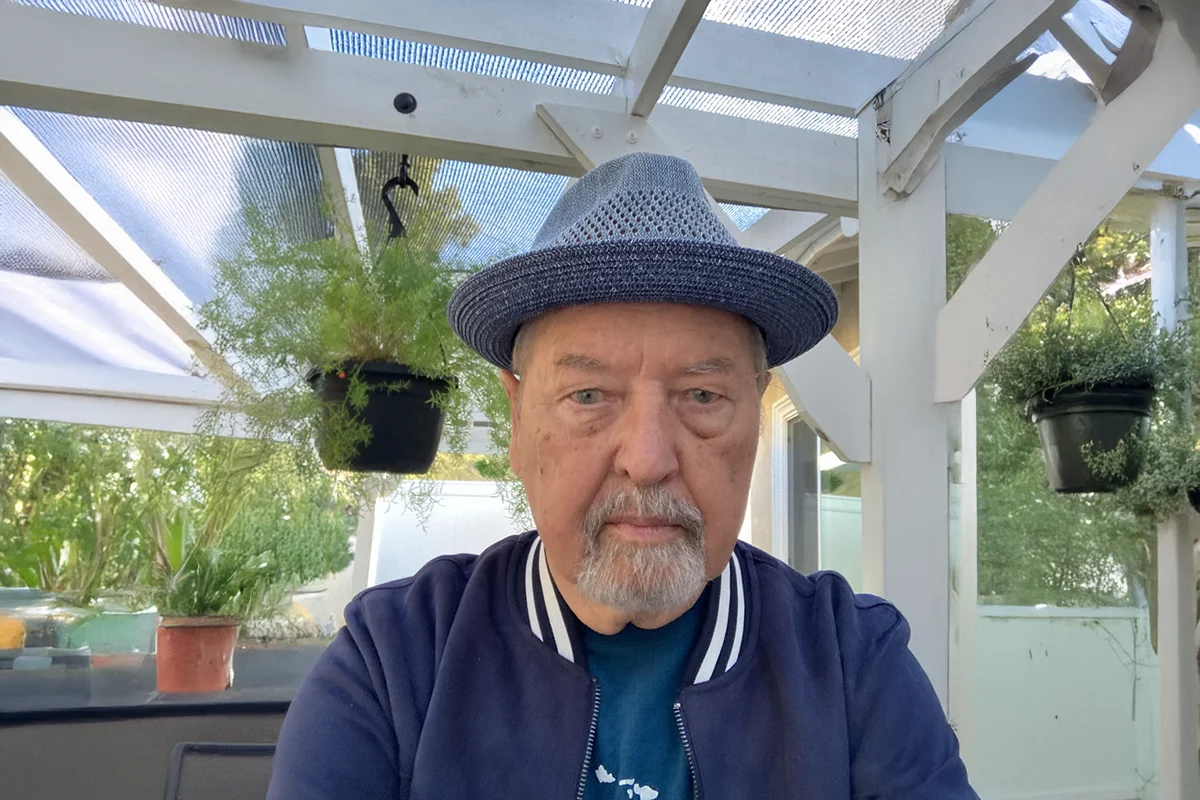Betty Brandt Passick Weaves History and Fiction to Bring Forgotten Stories to Life

Uncovering Hidden Histories Through Storytelling
Featured in Reader’s House Magazine
Betty Brandt Passick masterfully blends historical fact and fiction, exploring crime, morality, and small-town dynamics. Her novels transport readers into compelling historical narratives, revealing hidden stories with rich detail and emotional depth.
Betty Brandt Passick is a masterful storyteller who transforms historical events into compelling narratives, bringing the past to life with rich detail and deep emotional resonance. Since retiring from a Fortune 500 company, she has dedicated herself to writing, crafting historical novels that capture the essence of small-town America while exploring themes of crime, morality, and social change. Her upbringing in Fairbank, Iowa, plays a significant role in shaping her unique cross-genre approach, blending fact and fiction to illuminate lesser-known stories from history.
Passick’s journey as an author began with a childhood dream. At the age of ten, she wrote in her diary, “When I grow up, I’m going to write books.” That dream was reignited decades later when she embarked on extensive research into the shadowy figure of Louie La Cava, a man rumored to have worked for Al Capone. The result was Gangster in Our Midst, a historical crime novel that unearths the enigmatic past of a small-town resident with alleged ties to one of America’s most infamous gangsters. Her meticulous storytelling blends real-life events with fictional elements, creating an immersive reading experience that bridges history and imagination.
Exploring Small-Town Dynamics Through Fiction
Passick’s works are deeply rooted in Midwestern values, faith, and the social dynamics of small-town life. The setting of Gangster in Our Midst—the fictional town of Oxbow—reflects the cultural divide she observed growing up in Fairbank, where Protestants and Catholics lived on opposite sides of the river. This division, along with the nationwide conflict over Prohibition, influenced the novel’s protagonist, Marshal Sweeney Delaney, who embodies the moral dilemmas and struggles of his time. Passick skillfully weaves these historical tensions into her storytelling, making them both relatable and thought-provoking.
Her ability to balance historical accuracy with character-driven storytelling extends beyond crime fiction. In The Black Bag of Dr. Wiltse, she delves into the psychological complexities of a pioneer physician with a fascination for murder. The novel blends 1850s forensic science with the ethical dilemmas of a doctor drawn to the darker side of human nature. Research was key to crafting this story, and Passick relied on an 1850s medical textbook to ensure historical accuracy in her depictions of medical practices and terminology.
The Art of Researching and Writing Historical Fiction
Writing across different historical eras presents unique challenges, from ensuring period-accurate dialogue to uncovering hidden details that bring authenticity to the story. One of the greatest obstacles Passick faced while writing Gangster in Our Midst was verifying the identities of Al Capone’s associates, as most operated under aliases. For The Black Bag of Dr. Wiltse, she meticulously researched 19th-century medicine, immersing herself in the practices of the time to create a vivid and accurate portrayal of her protagonist’s world.
Passick’s ability to seamlessly blend fact with fiction has set her apart in the genre. She begins by outlining the factual story, then incorporates fictional elements to fill in the gaps and bring the narrative to life. This technique allows her to present history in a way that is both engaging and educational, appealing to readers who crave rich storytelling intertwined with real-world events.
What’s Next for the Gangster Series?
With the third installment of her Gangster Series in the works, Passick continues to expand on themes of crime, morality, and societal transformation. Unlike the first two books, which are standalone novels set in different time periods, the upcoming book will revisit some characters from Gangster in Our Midst, exploring their younger years in the 1870s. The new story introduces a strong-willed woman at the center of the narrative, alongside a young vagrant boy, creating a compelling tale of love, addiction, sacrifice, and murder.
Passick’s ability to craft intricate, historically grounded narratives has earned her a devoted readership. Whether she’s uncovering the mysteries of a small-town gangster or exploring the ethical dilemmas of a 19th-century doctor, her stories resonate with readers who appreciate the intersection of history and fiction.
Inspiring the Next Generation of Writers
Beyond writing, Passick is an inspirational speaker and teacher, engaging with audiences across the country. One of her most impactful moments came during a high school Honor Student induction ceremony, where she shared her personal story of growing up with an alcoholic father and using journaling as a form of self-expression. Her message—“You are responsible for your life. Don’t wait until the last day to figure it out.”—resonated deeply with students and parents alike, reinforcing the power of storytelling as a tool for personal and collective reflection.
Betty Brandt Passick’s work stands as a testament to the enduring power of historical fiction. Through her novels, she not only preserves the stories of the past but also challenges readers to reflect on the complexities of human nature and the choices that shape our lives. For those who seek immersive, thought-provoking historical narratives, Passick’s books are an invitation to explore the past through a storyteller’s lens.















